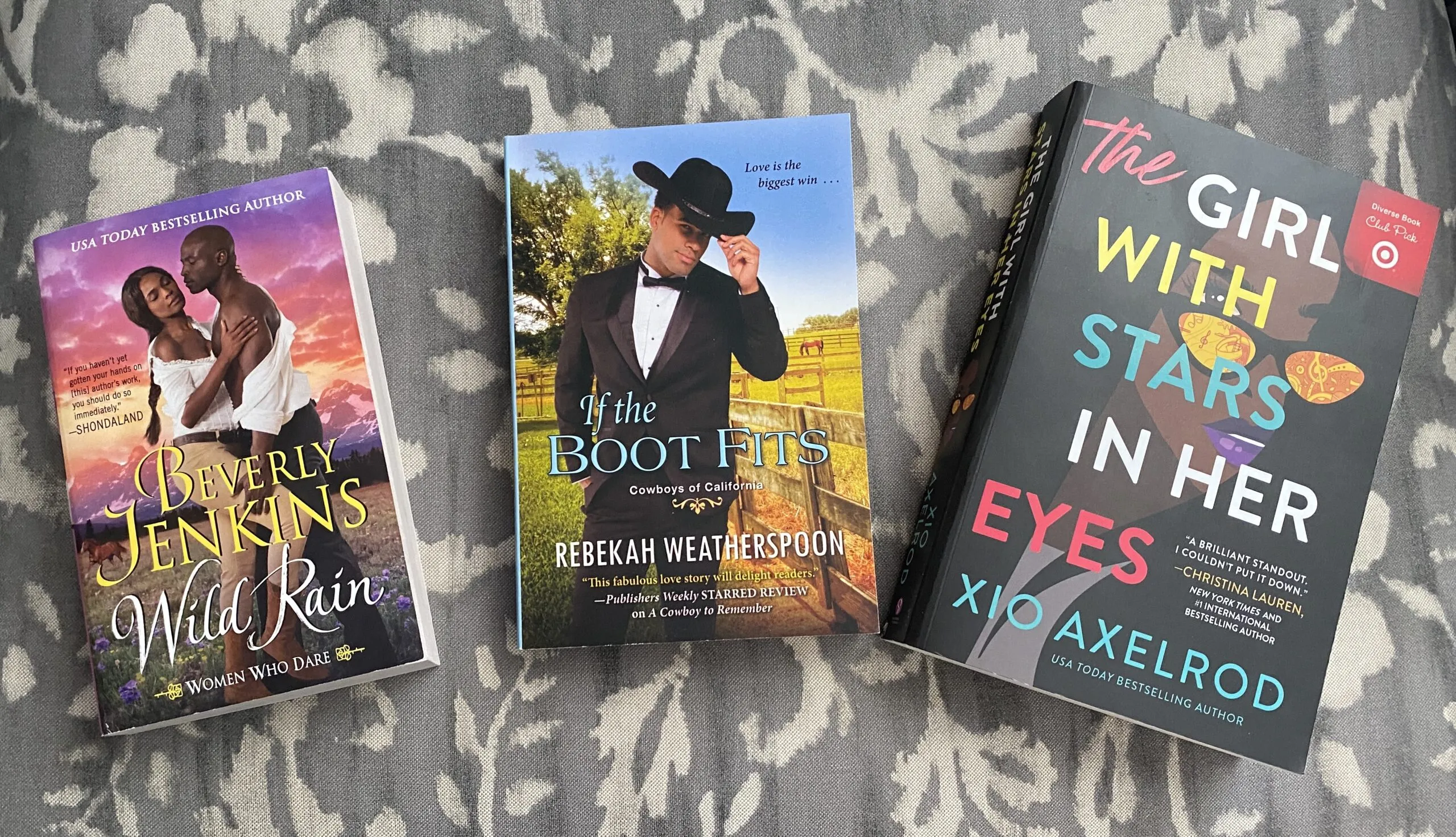
An Ode to the Mass Max
Dear Mass Max:
People have wondered why you exist. They wonder if the embiggening of a beloved friend, the mass market, is the beginning of the end for pocket sized books. But I see you, and I hold you, and I love you. I hope you stick around for me to have plenty of series in your size on my shelves, and that you give my poor hands and wrists a break from that twistifying grasp your predecessor had on them.
And if you know what’s good for you, you’ll retain your history of gorgeous photography; but can we go back to looking at beautiful people instead of beaches and barns? You know what, keep the barns.
But please, dear lord, don’t increase in price. Your kind needs to stay below ten dollars for the good of all your readers around the world. We love you for your accessibility, and we need you to stay that way.
I—
~Record Scratch~
Wait, you’re probably wondering what I’m talking about.
~Rewind~
If you’re a romance reader — especially if you primarily or at least regularly read books in the smaller, mass market paperback size — you might have noticed books appearing in a new size over the past year or so. It’s called a few things: Mass Max, MMP Max, annoyingly bigger paperback, weird new paperback. Okay, the last two are not official, but I’ve definitely seen and heard people use them in reference to the new size, which is the same across the few publishers currently using them. It’s new(ish) and jarring and slightly unnerving when you pick up a book at the store or the library and realize it’s not the “right” size. But I gotta tell ya: with a few caveats, I LOVE THEM TO DEATH.
What is a Mass Max?
This larger mass market size, currently used by various imprints under Kensington, Grand Central Publishing, Sourcebooks, Entangled, and Harlequin, was introduced in 2020 as an alternative to the more narrow mass market paperback. The 4.75 x 7-inch format (compared to the standard 4.125 by 6.75 or 4.5 by 7 inch or otherwise 4-ish by 6.5-ish mass market) was introduced first by Kensington in April 2020 to offer “a more comfortable reading experience, with more legible fonts and wider margins,” according to Publishers Weekly. Harlequin announced their shift to the size just a week later, and Grand Central, Sourcebooks, Entangled, and Avon (who seem to have started a very slow push of titles in that size) didn’t announce anything, just started putting books out in that size. (Berkley, in a statement, noted that they were “watching the mass max format […] closely to see what works best in the marketplace for readers and retailers”; so they’ll be sticking to the classic mass market size for the time being.) I think some of us thought it might be a bit of an experiment, but if you go into a brick-and-mortar bookstore with a romance section, you’ll notice a significant number of them on the shelves. And on Amazon, at least, these books don’t have a different designator — they’re listed under mass market paperback just like their peers. So it would look like for some publishers, at least, this is not only a mass max; it’s the new mass market.

Yes, they’re a little more expensive thanks to the increase in both width and height, adding a little more material to each book, but they’re not as large or expensive as a trade paperback, which is usually going to be half again the price and size. On average, they’re about a dollar more than they would have been if they’d been published as mass market. So a book that would have sold last year for 7.99 is 8.99 now, and some go as high as 9.99. Hopefully we won’t see an increase that leads to the popular, economically sized mass market/mass max going over $10 — something that would price out a great number of voracious readers.
Why do I care?
I’ll tell you why I care about this change.
As a person with bad wrists and large hands, I cannot tell you how difficult it is to hold a traditional mass market paperback. I have suffered for my love of a genre that until recently was rarely published in anything but that size, and I have not complained*. I found myself reading fewer and fewer of them, though, instead reaching for more trade paperbacks when I did pick up print. But there were so many books I was missing out on, and I pondered upon just dealing with it so I could read all kinds of magnificent books.
Instead, I got a Kindle Paperwhite.
(Well, first I got an iPad, and then an iPad mini, but they posed similar but different problems for my wrists and hands — and eyes — so I finally went ahead and got a Kindle, which was lighter to hold and easier to tote around, down to its fits-in-all-my-leggings-and-lounge-pants-pockets size.)
You know what is almost exactly the same dimensions as (and probably a bit lighter than) a kindle? A mass max paperback.
It’s not going to be the exact same experience — a mass max paperback isn’t backlit, so you can’t read it in the dark while your significant other sleeps. You can’t change the size of the text. There are still pages to turn and sides to hold open. But you don’t have to crack the spine to read all the way into the margins either — mass market paperbacks have such limited parameters, sometimes you have to practically pull the pages out to get that last letter or punctuation mark at the spine. The mass max has wider margins and the text (from what I’ve read) isn’t all scrunched together. More quality printing all around. And the pages of the ones I’ve read have been thicker, smoother — they feel less single-use than some (some) publishers’ traditional mass markets.
And people have noticed this! I’m not saying everyone has been decrying the change. The biggest negative response to all of the publishers has been one that I can totally understand: why are you changing the size of my book in the middle of a series? Why are you changing the size of my book at all?
Why, indeed. Yes, the two sizes together look funky on the shelf, especially if you’re a push-back-er instead of an edger. Yes, the new size is screwing with all those amazing bookish products we have to carry or protect them. I have no excuse for this. But I would take a change in size in the middle of the series over a smaller run of mass markets as the publisher focuses on the different size for certain lines and imprints.
It’s a hard sell, changing the shape and size of a familiar format that has been relatively the same for decades. Some publishers have made them half an inch taller; maybe played around with the size and shape for a special edition. But nobody has decided to move forward with a new size of a single format this way, not since the trade paperback boom. But I think this is a step in the right direction, even just for my own selfish ability to buy and enjoy small paperbacks again.
Mass Max, you little engine that could — my hands, my eyes, and my pockets thank you.
*This is a lie; I have bitched far and wide about my inability to hold paperbacks and how I’ve missed out or DNF’d otherwise good books because I couldn’t stay in the story. But I have not bemoaned the actual existence of mass market paperbacks.











